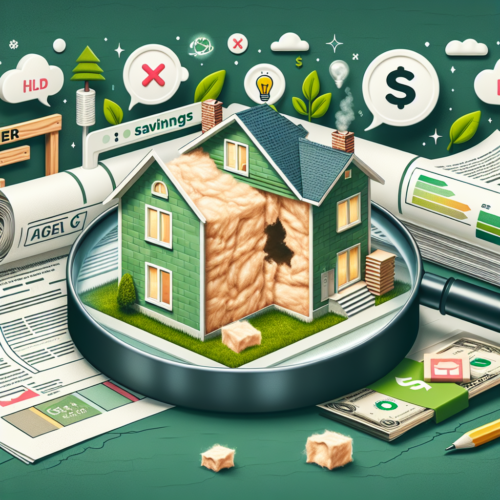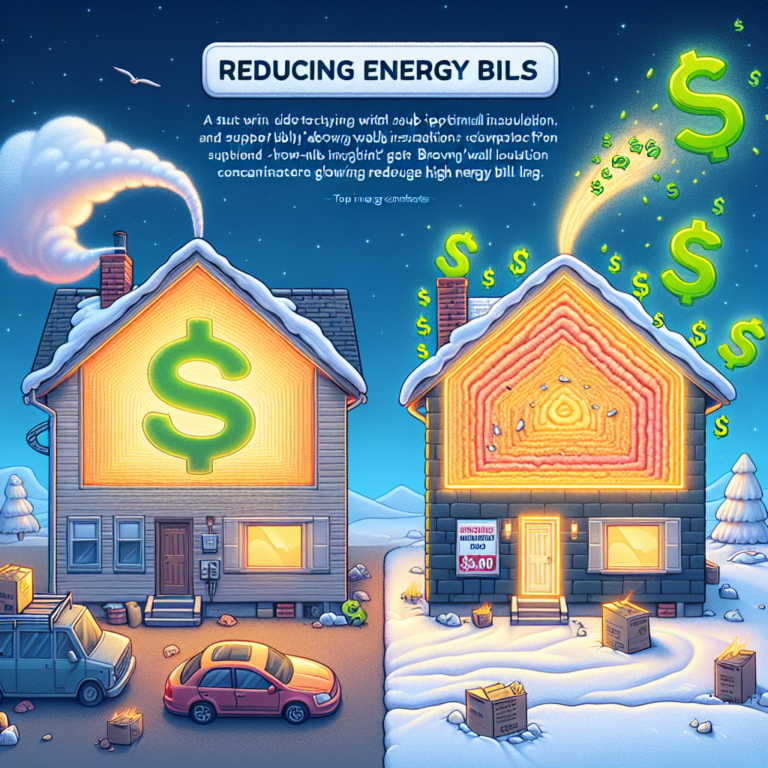H2: Introduction to Affordable Green Insulation
Blown-in cellulose insulation has emerged as one of the most cost-effective and environmentally friendly ways to improve home comfort and energy efficiency. Made from recycled paper fibers treated with fire-retardant and pest-resistant additives, this “green” insulation can be installed quickly to seal attics, walls, and hard-to-reach cavities. In this article, we’ll examine the true cost of blown-in cellulose insulation—from upfront investment to long-term savings—and explain why it’s an ideal choice for budget- and eco-conscious homeowners.
H2: Why Choose Blown-In Cellulose Insulation
Blown-in cellulose insulation combines affordability, performance, and sustainability in one package. Whether you’re building new or retrofitting an existing home, here’s what sets it apart:
H3: Cost-Effectiveness
• Lower material cost: Cellulose often runs 10–20% cheaper per bag than fiberglass or spray foam.
• Reduced labor time: The blowing process fills voids rapidly, cutting installation time by up to 30%.
• DIY potential: Homeowners with moderate DIY skills can rent blowing machines and handle smaller projects themselves, further reducing labor expenses.
H3: Energy Efficiency and R-Value
• High R-value: Cellulose delivers about R-3.5 per inch, outperforming many loose-fill alternatives.
• Air sealing: Dense-packed cellulose blocks drafts and thermal bridging, slashing heat loss in winter and heat gain in summer.
• Year-round comfort: Improved temperature stability means your HVAC system runs less often and lasts longer.
H3: Environmental and Health Benefits
• Recycled content: Up to 85% of the material comes from post-consumer paper, diverting waste from landfills.
• Low embodied energy: Manufacturing requires less energy than producing fiberglass or foam boards.
• Mold and pest resistance: Borate treatments discourage mold growth and keep rodents and insects at bay.
• Noise reduction: Dense fibers dampen sound transmission, creating quieter indoor environments.
H2: Understanding the Cost of Blown-In Cellulose Insulation
Several variables influence your total investment. Here’s how to budget accurately:
• Square footage and depth: More area or higher R-value targets (e.g., R-38 vs. R-30) require greater material volume.
• Accessibility: Open attic floors are easiest; enclosed walls or cathedral ceilings may incur higher labor or equipment fees.
• Removal of old insulation: Stripping out degraded fiberglass or vermiculite adds time and disposal charges.
• Regional labor rates: Installation costs vary by market, typically ranging from $0.90 to $1.50 per square foot for attic work.
• Equipment rental vs. contractor service: Renting a blower can cost $100–$200 per day, while full-service installation averages $1,500–$2,500 for a 1,500 sq ft attic.
H2: Long-Term Savings, Rebates, and Payback
Investing in blown-in cellulose insulation pays dividends beyond immediate comfort:
• Energy-bill reduction: Homeowners often save 15–20% on annual heating and cooling costs, translating to hundreds of dollars per year.
• HVAC downsizing: Better insulation may allow you to choose a smaller, lower-cost furnace or air conditioner.
• Tax credits and rebates: Federal and state programs frequently offer incentives—up to $500 or more—to offset insulation upgrades.
• Return on investment: When you factor in rebates and energy savings, payback periods can be as short as 2–5 years, after which you enjoy pure savings.
H2: Comparing Cellulose to Other Green Insulation Options
Cellulose isn’t the only eco-friendly choice, but it often strikes the best balance between cost and performance:
• Wool and cotton batts: Renewable but pricier (up to twice cellulose’s cost) and sometimes less flame-resistant.
• Mineral wool: Higher R-value (R-3.7–4 per inch) but more expensive and with a larger carbon footprint.
• Spray foam: Superior air sealing (R-6–7 per inch) but carries higher price tags and uses petrochemical resins.
H2: Conclusion: Invest in Blown-In Cellulose Insulation Today
Blown-in cellulose insulation offers an unbeatable mix of affordability, energy efficiency, and environmental responsibility. From lower upfront costs and quick installation to dramatic energy-bill savings and eco-friendly credentials, it represents a smart investment for any homeowner. By choosing blown-in cellulose insulation, you not only reduce your utility expenses but also shrink your carbon footprint—making it the ultimate in affordable green insulation.












